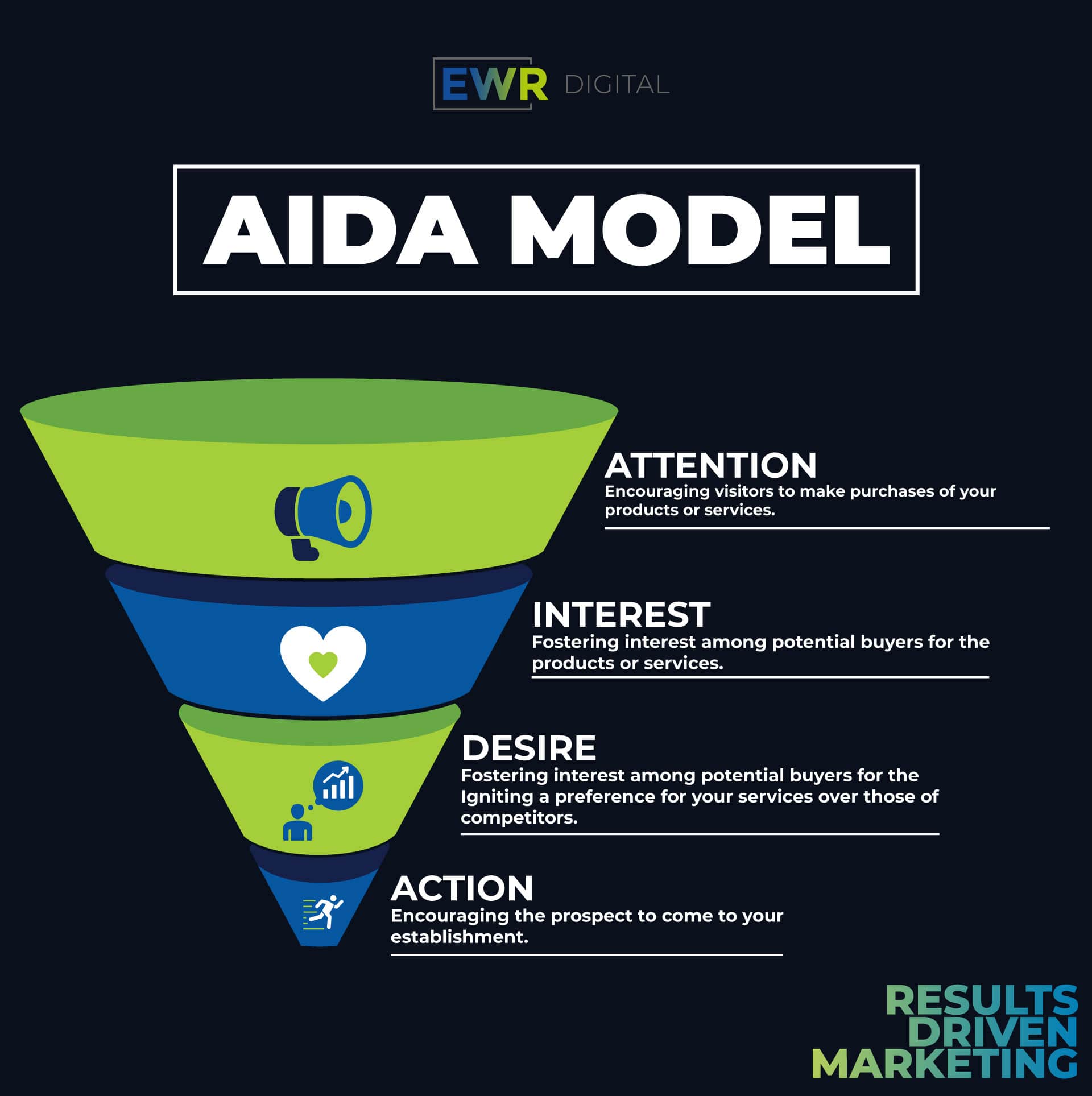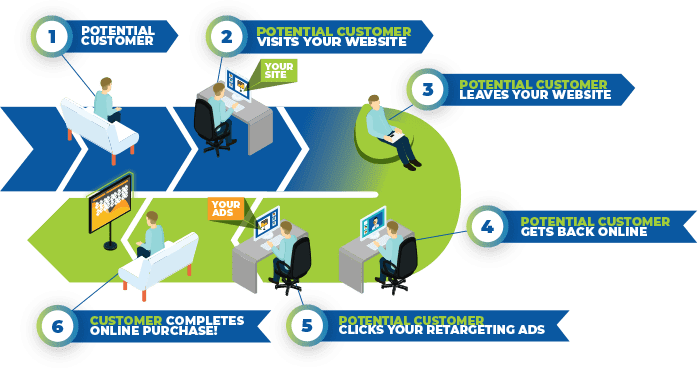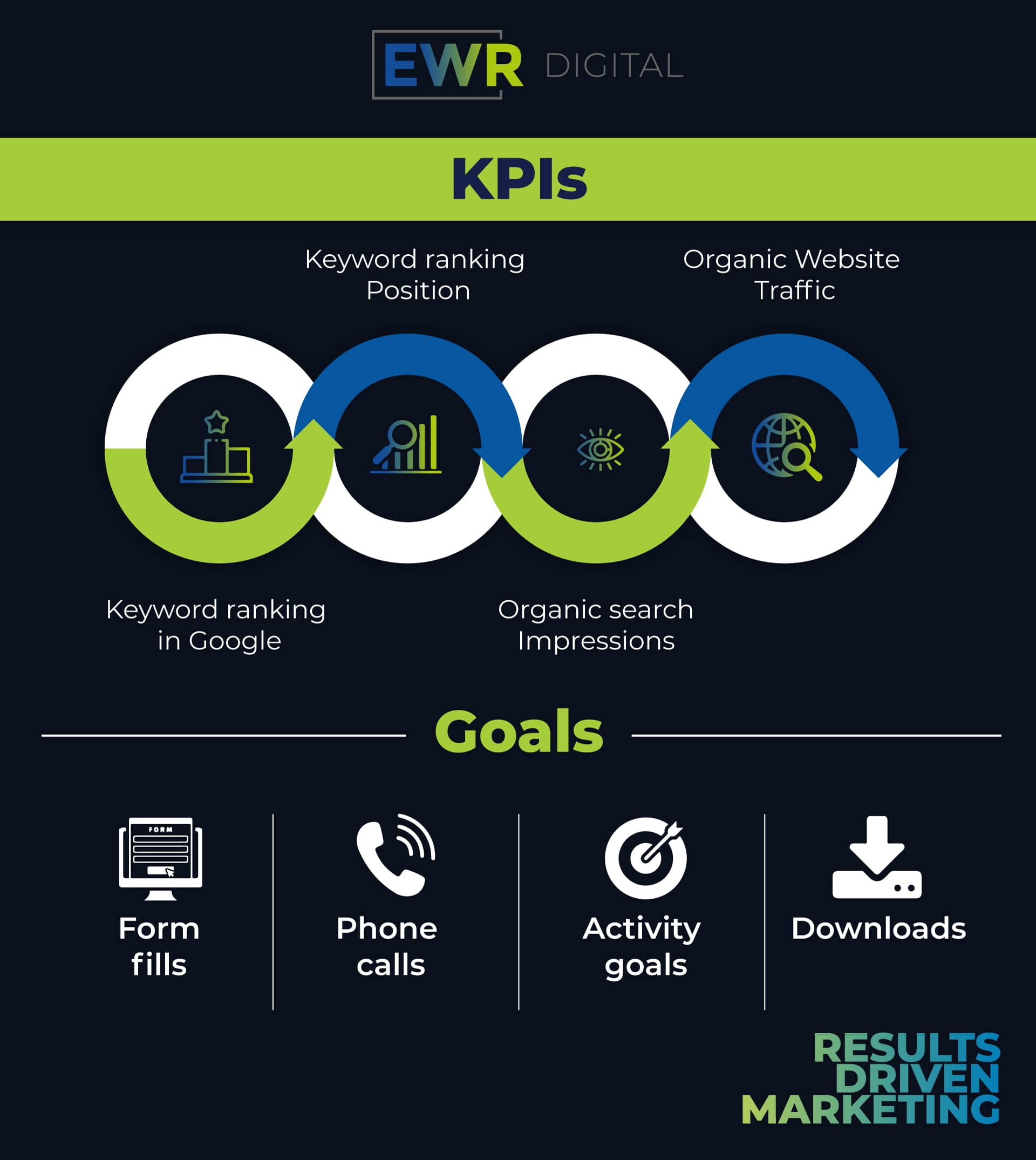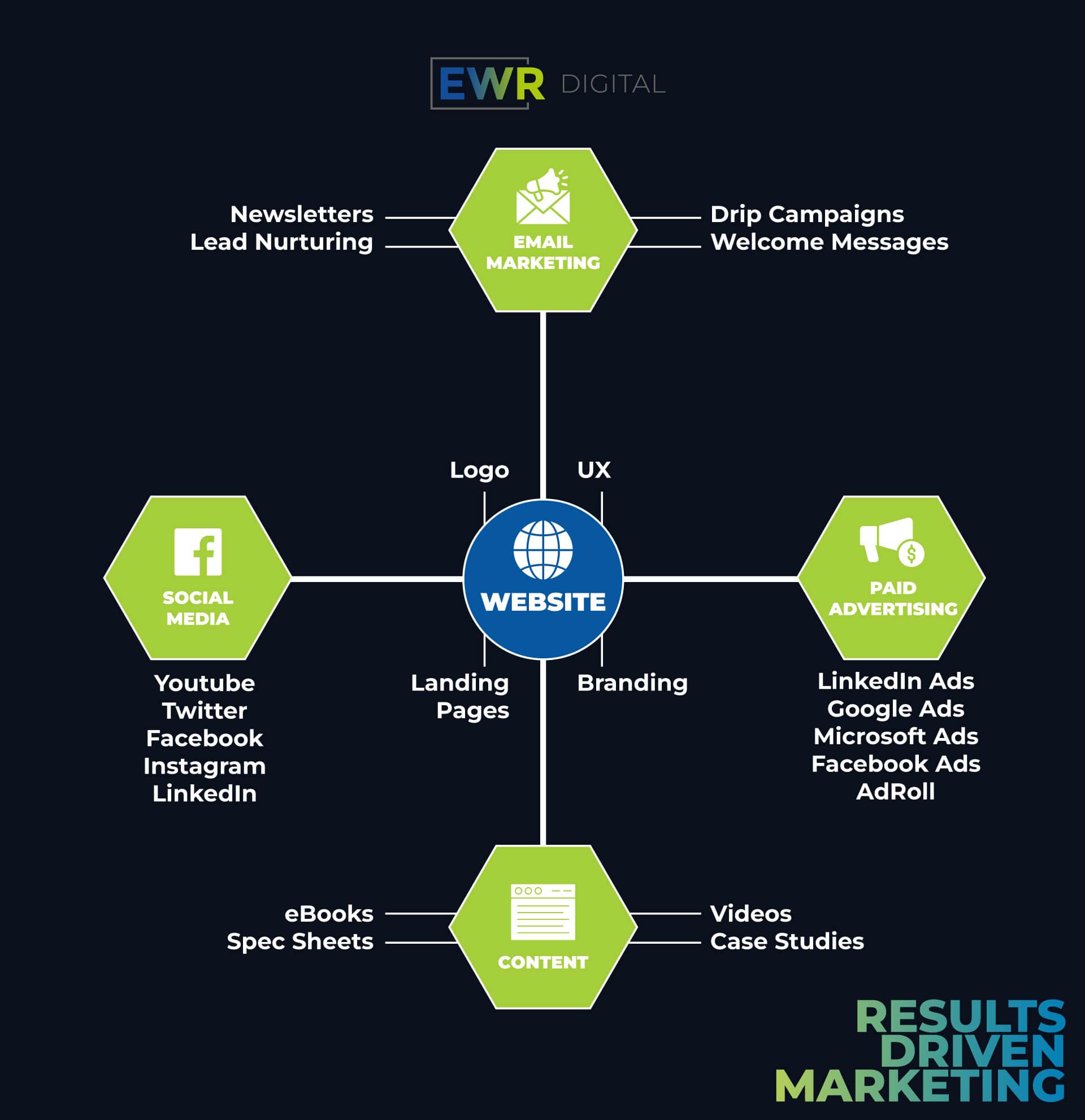
Remarketing, also known as retargeting, is a powerful tool in the world of B2B PPC advertising. It’s a strategy that allows businesses to re-engage with potential clients who have shown interest in their products or services but didn’t take the desired action, such as making a purchase or filling out a contact form. In this comprehensive guide, we’ll explore the ins and outs of remarketing in B2B PPC and how it can play a pivotal role in your advertising efforts.
Understanding Remarketing in B2B PPC
At its core, remarketing involves displaying targeted ads to users who have previously visited your website or interacted with your brand in some way (maybe they called you or gave you their email address at some point). The goal is to remind these potential clients of your offerings, keeping your business top-of-mind and encouraging them to take the desired action. Remarketing can be particularly effective in the B2B realm, where decision-making often involves a more extended sales cycle.
Website Visits Are a Qualification Step in the Sales Process
A website visit, excepting ones that bounce (which means they came and left without exploring more than one page) is an expression of interest in your product or service. Returning visitors convert at a rate that is sometimes 50% higher than first time visitors. Getting website traffic isn’t easy. You’ve either earned that traffic through organic search rankings, through brand awareness by building your brand within your industry or by paying for traffic to come to your site. All of that awareness was paid for with time, effort and money. It doesn’t make sense not to capitalize on that initial investment and leverage it to help potential customers to remember you along their journey to purchase. Remarketing takes the visits that you’ve worked for and makes the most out of them, by inviting users back to your site to do more research, or even make the purchase that they were originally researching.
Caveat: your website needs to upward of 1000 monthly visits in order for Google and other platforms to be able to build an audience that is large enough to run ads to. If you’re traffic is less than that, you can grow it through SEO or awareness and click related campaigns.
2nd Caveat: Your website needs to be well designed and optimized for conversions. To take one more step back, you need to have established product-market-fit, confirming that someone actually wants what you are selling, but we’re getting little out of scope now. In short, your website needs to be optimized for conversion, meaning, that it’s easy for users to take the action that you want them to take.

The Remarketing Process
- Visitor Interaction: A user visits your website or engages with your content, such as clicking on a specific product or service page.
- Cookie Placement: A tracking cookie is placed on the user’s device. This cookie helps identify the user when they browse other websites or social media platforms.
- Ad Display: As the user visits other websites or social media platforms that participate in the ad network you’re using, they are presented with your remarketing ads.
- Encouraging Action: The displayed ads are strategically designed to encourage the user to return to your site and complete the desired action, whether it’s making a purchase, filling out a form, or requesting more information.

The Benefits of B2B Remarketing
- Targeted Reach: B2B remarketing allows you to precisely target users who have shown interest in your specific products or services. This hyper-targeting can lead to a higher conversion rate.
- Enhanced Brand Recall: By repeatedly exposing potential clients to your brand, you enhance brand recall. This is crucial in the B2B space, where decisions often involve multiple stakeholders and a longer sales cycle.
- Cost-Effective Advertising: Remarketing can be a cost-effective strategy because you’re not targeting a broad audience. You’re focusing on those who are already familiar with your brand, which can lead to better ROI.
- Building Audiences: Advertising algorithms run on audience information and can only optimize for success when receiving a steady rich flow of user interaction data.
Creating Effective B2B Remarketing Campaigns
- Segment Your Audience: Segment your audience based on their interactions with your site. For example, create a segment for users who visited your product pages but didn’t convert and another for users who abandoned their shopping carts. Tailor your ads to each segment.
- Keep Content Creative and Fresh: Your remarketing ads should be attention-grabbing and relevant. Highlight the value proposition of your products or services and include a strong call to action. Don’t bore your visitors to death by showing them the same ads month after month. They’ll just start to ignore you. (Even more)
- Set Frequency Cap: Be mindful of ad frequency. While you want to remind users of your brand, bombarding them with ads can be counterproductive. Set a reasonable frequency cap to avoid overwhelming your audience.
- Optimize Landing Pages: Ensure that the landing pages your ads direct users to are optimized for conversions. Yeah, we’re going to hit this point again. A seamless and user-friendly experience is crucial.
Customer Retargeting Lists: Leveraging Your Customer Data
If you have an email list with 2,000 or more customers, you need to start leveraging that data. Your competitors are probably already doing this, because it works. Leveraging customer data for remarketing is a common and highly effective strategy in digital marketing. However, ensuring customer data privacy is paramount. To strike this balance, companies often employ a technique known as data hashing. This process involves converting customer information into a unique string of characters that cannot be reversed to reveal the original data. Hashed data is used for audience segmentation and targeting, allowing companies to create personalized ads for users who have interacted with their brand. This technique safeguards sensitive customer data, as it is practically impossible to reverse-engineer the hashed information back to its original form. The use of data hashing is not only a standard practice but also a crucial step in maintaining customer trust and data security in the digital advertising landscape.
Measuring Success
To gauge the effectiveness of your B2B remarketing campaigns, use key performance indicators (KPIs) such as click-through rates, conversion rates, and return on ad spend (ROAS). Regularly analyze these metrics to refine your campaigns and achieve optimal results.
In the world of B2B PPC advertising, remarketing can be a game-changer. It keeps your brand in front of potential clients, encourages them to take action, and ultimately contributes to a higher conversion rate. By understanding the ins and outs of remarketing and implementing best practices, you can make this strategy a vital component of your B2B advertising efforts.

Platforms That Support Remarketing
- Google Ads
- Microsoft Ads
- LinkedIn Ads
- YouTube Ads
- Facebook/Instagram (Meta) Ads

Your content goes here. Edit or remove this text inline or
Just to name a few.
Ready to start capitalizing on your existing website traffic? Contact us to get started. We’re here to help.
in the module Content settings. You can also style every aspect of this content in the module Design settings and even apply custom CSS to this text in the module Advanced settings.
